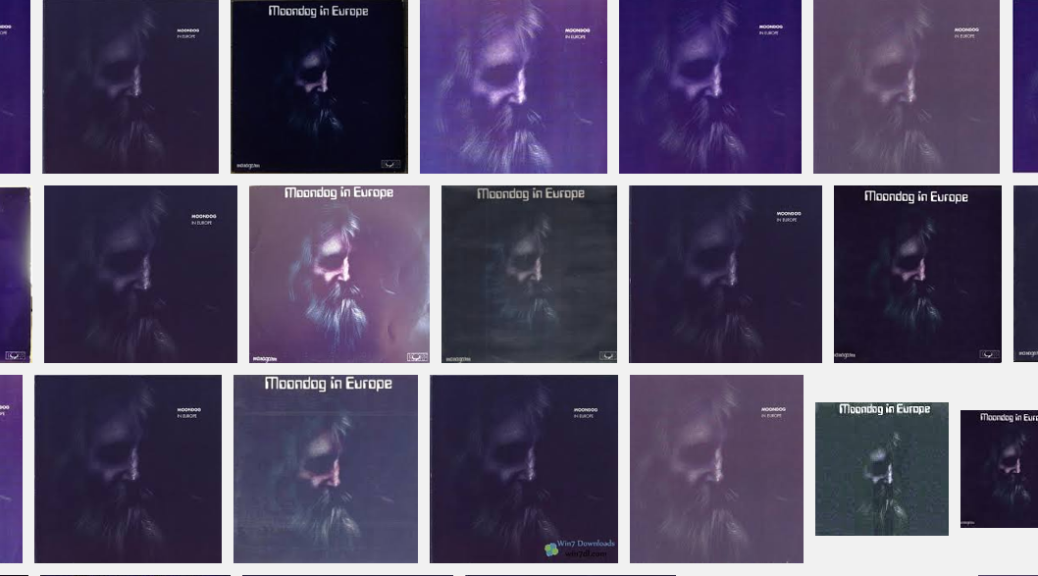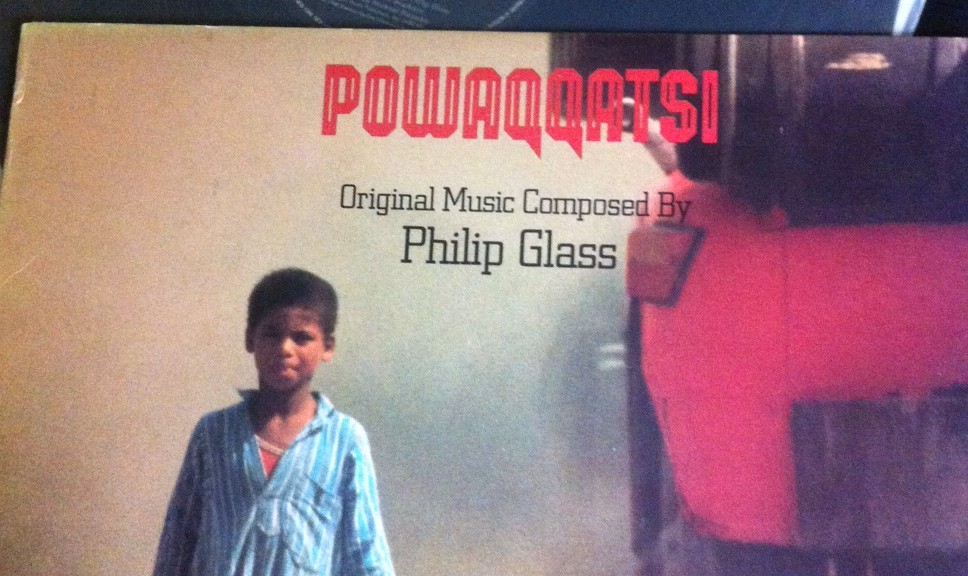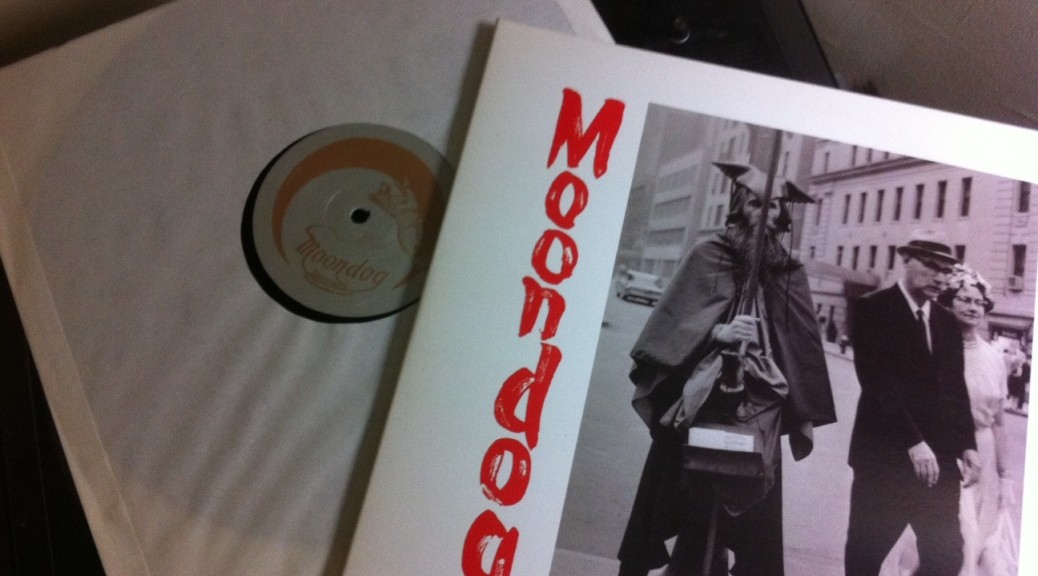Moondog In Europe
Moondog had lived and performed on the streets of New York for years before he was taken to Europe, lauded and given the freedom to make albums such as this one. It’s not his most eclectic album, but he has fairly high standards of eclecticism. If a modern day DJ mixed native american beats, classical arrangements and jazz they would be lauded. When Moondog mixed these styles sixty years ago, he was considered a talented Kook.
Moondog a.k.a Louis Hardin grew up and lived in the west of America. It is said that the seminal moment in his life was when his father took him to a Sun Dace of the Arapaho tribe. He is said to have sat on the lap of Chief Yellow Calf and played a tom tom during the ceremony. Moondog can truly be seen as a product of times that will never come again. He was an unwitting pioneer of world music, influenced by jazz, and the classical music training available to him by chance after he was blinded in his youth.
I am quite verbose on many topics, but the music of Moondog speaks for itself. He has inspired countless people and thinkers. The first thing you don’t necessarily need to know but adds a little spice to the listen is, that it was all done by a giant blind man dressed as a viking who lived on the streets of New York. This might not be all you need to know, but hopefully it is enough to interest you. Moondog is in his own genre.
Released 1978
Lyrics Not a one
Mood
The album is fairly eclectic, with the first half a bit of everything before moving into the second half which focuses on Church organ. I guess the first half is more eclectic and contains many of the standard Moondog sounds such as glockenspiel, native american drumming, as well as Church organ.
Good to work to
Absolutely fantastic to work to. Meets all the requirements, it takes you beyond and has few associations with anything of my brain to cling to and divert me with. While I learnt to love Moondog because of his diversity, this album has more steady motifs than most and is excellent for focus. I always like working to Moondog’s music, but I find the first half is great for shaking things up and removing my head from the day to day. The second half with it’s slower Church organ music that really gets me going and in the mood for writing.
Like
I can think of nothing like this album and artist. Don’t let it discourage you though. Moondog mixes classical, church, native american, and be-bop.
Other artists on this site he is similar to from the point of view of being consider a minimalist are Philip Glass and Steve Reich. Moondog is definitely on the experimental side of the coin though.
He also gets compared a lot to a guy called Harry Partch who was also a virtuoso who made his own instruments, but I think their musical sensibilities are not of the same ilk.
The Artist/s
Louis Hardin who later took the name of Moondog had a fascinating life. Brought up by his father near to an indian reservation. He was sent completely blind when he was sixteen. A blasting cap he was holding in his hands exploded. He was sent to blind school and received a musical education he said he could have afforded otherwise. Perhaps because of the loss of his sight, he became quite the amazing musician.
I lose track of the story when he moved to New York and decided to live on the streets dressed as a Viking. He had some amazing encounters with potential collaborators like Stravinsky, Bernstein, and Charlie Parker that all seemed to go wrong at one stage or another. After many years on the streets, with sporadic recording contracts, he eventually moved to Germany. The Germans recognised his genius and took him under their wing and allowed him to record a number of eclectic albums such as this one, using Sax, Church organ, and many other instruments. Oh yeah, and he also invent various musical instruments.
Other works
Moondog had a long and eclectic recording career, from the New York, to latter day German eclectic renaissance. Other albums such as The Viking of Sixth Avenue, Moondog, Moondog2, Elpmas, H’art songs, Moondogin Europe, Sax Pax for a Sax, and various other lesser known albums released from a random mix of countries in Europe and America. I would get everything if I was you, but maybe check whether you like this album first.
Where Can I buy it, and in what formats
This is not always the easiest album to find in any format other than electronic, but thanks to iTunes it’s a pretty easy one to find these days.
The Verdict
Get out there and buy it as soon as you can.


